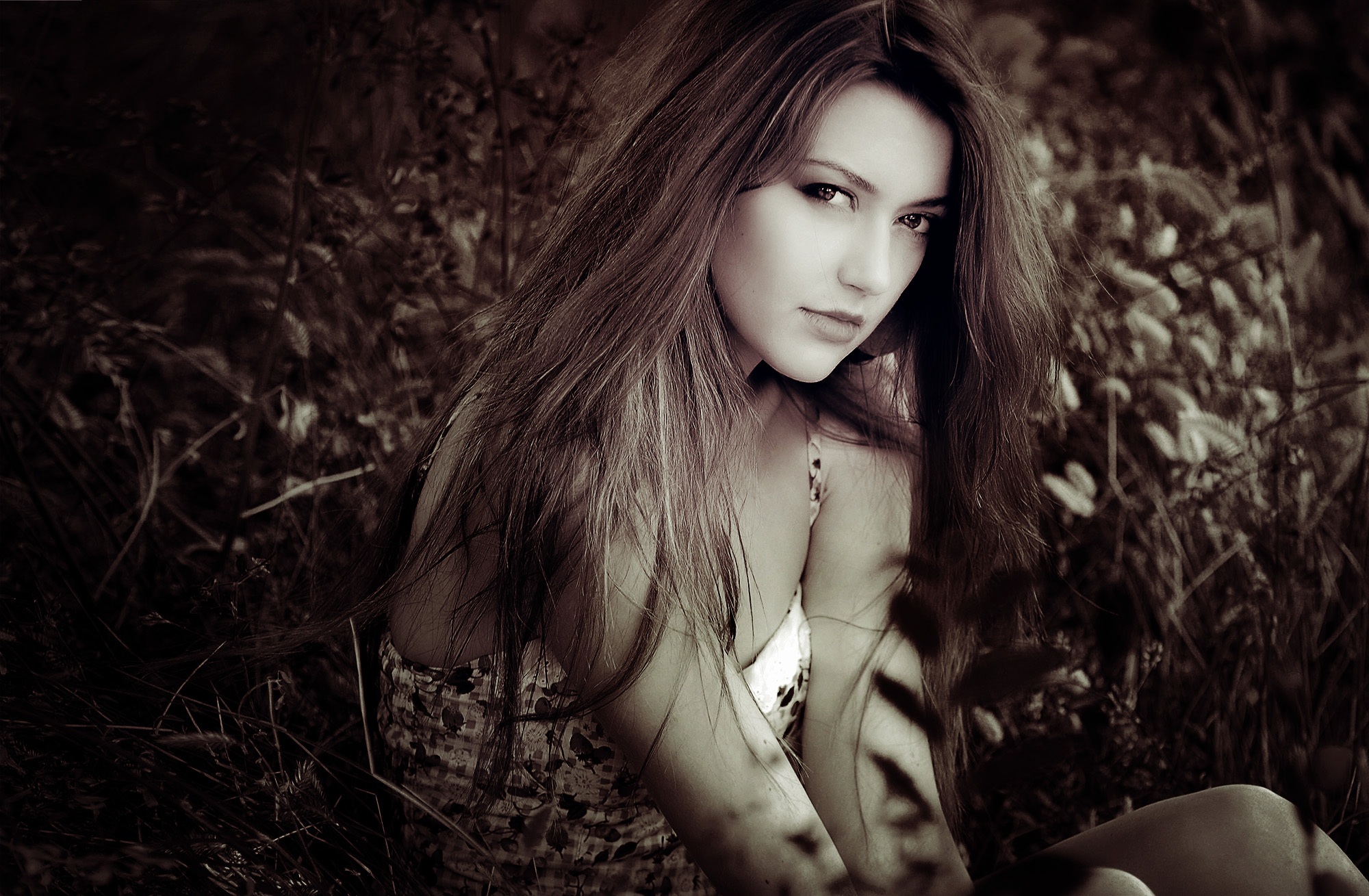
7 Simple Tips for Editing Color in Your Photos
In 2015, up to 68 percent of adults edited their photos before sharing them online.
Five years later, and that number has only gone up. However, the art of editing photos for social media is also changing. As photo editing apps become more in-depth and user-friendly, it’s just becoming common practice.
Adjusting the color of your photos can bring a new life to them. Read on to find five tips for editing color in your photography.
Contents
1. Work in the Morning
This is easier said than done, but your eyes work best in the morning. They’re more energized and better able to discern color differences. By nightfall, your eyes are tired and worn from the day.
You should also have a second set of eyes to look at your work. An honest friend can help you out if your eyes are tired, no matter the time of day. If you can’t find a second set of eyes in that moment, work in sections on your image.
This isn’t as overwhelming when you’re doing a lot of adjustments to a certain image. You should also take frequent breaks away from any screens if you’re editing alone. Giving your eyes the break helps point out mistakes (if there are any) once you’re back.
2. Print If You’re Able
You don’t need to do this for every scenario, but if the image is being printed and you’re not 100% sure you’re happy with the product, print it out to get a better idea of what may or may not need work.
The same goes for graphic design. Every image is art and should be treated as such.
Remember that files matter. Make sure you’re saving your image as the right file before printing.
.Jpeg, or .jpg, is the most typical photo file. It’s designed to create a good-looking image right out of the camera. If you’re looking for a true image that allows for more editing, shoot in raw (these file names will change depending on your camera).
Once you’ve edited everything, save the image for the file you want. A PNG file saves in higher quality but comes with a larger file size. TIFF files are ideal for printing. They’re also larger, but won’t lose quality after repeated editing and saving.
3. Utilize the Auto Button
If you’re new to photo editing, this is the best place to start.
The “auto” button can bring the photo colors to where they need to be, at least on a basic level. From there, you can decide whether the image still needs adjustment and then work to reach your desired product.
Presets also work in saving you time if you have a specific theme you like to keep throughout your images. They may not work for every image you create, but it can help remind you of what’s been done in your previous work if you’re just beginning or are struggling to remember.
4. Use an Adjustment Layer
Adding an adjustment layer still allows you to preserve the original image right underneath the work you’re adding. You can be more experimental without compromising the integrity of the original image.
You can add different layers to different regions of the photo, or copy the layer and use it across multiple images (much like a preset).
5. Add Image Filters
This goes hand-in-hand with adjustment layers and is not necessarily meant to be used over entire images. Though they can be, adding adjustment layers to specific areas and then adding filters can act as a beginner-friendly way to play with colors in specific areas of an image.
You can choose to add cool tones to an image with a lot of blue hues or warm up an image with orange ones. It should obviously be adjusted to your desired effect, but is definitely worth experimenting with
6. Utilize the HSL Tool
This is the advanced version of adding filters to an image, but could still be used with adjustment layers.
If you’re editing in Photoshop or Lightroom, there is a panel called the HSL tool. It stands for Hue, Saturation and Luminance. Most photo editors have some variation of this tool in which you can adjust colors.
In Photoshop or Lightroom, you simply click on the region of the image you want to adjust and then drag the sliders up or down to adjust accordingly.
To open an adjustment layer in Photoshop, click the adjustment layers icon in the layers panel, and choose photo filter.
These sliders can simply adjust the colors of your photo to make them more realistic, or you can completely change the image and its colors to create an artistic piece all your own.
7. Be Creative
After editing the color in your images, you can take it a step further by adding drawings, or even your own logo.
A lot of graphic designers use Microsoft Paint to add effects and color to images, but there isn’t a built-in option for Mac. Click here to find out what Mac does offer as an alternative to its users.
Adding something different to any image is going to attract attention and ultimately allow your art to stand out more.
Editing Color is Subjective
All the research in the world doesn’t bring your creativity to the table. The secret to being a great photographer is finding your own unique style and allowing it to shine through in every image you create.
There is no right or wrong way to edit pictures, and you may like what another person doesn’t. There is nothing wrong with this, and the differences in opinion have the chance to be carried into every time you’re editing color of photos.
If you’re curious about more, or want to read up on other tech, check out our blog.


Comments are closed.